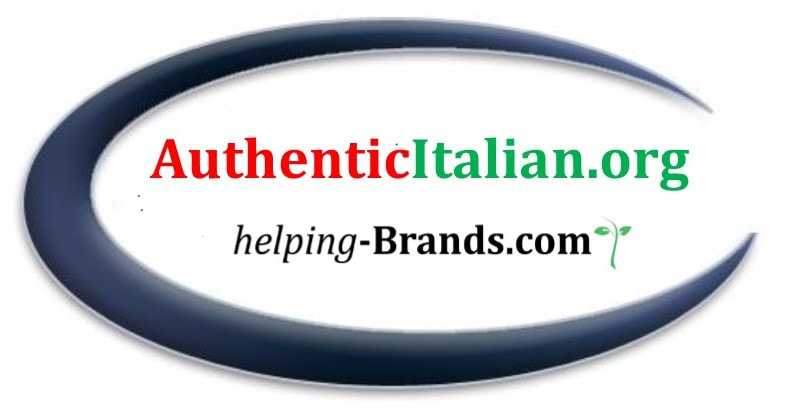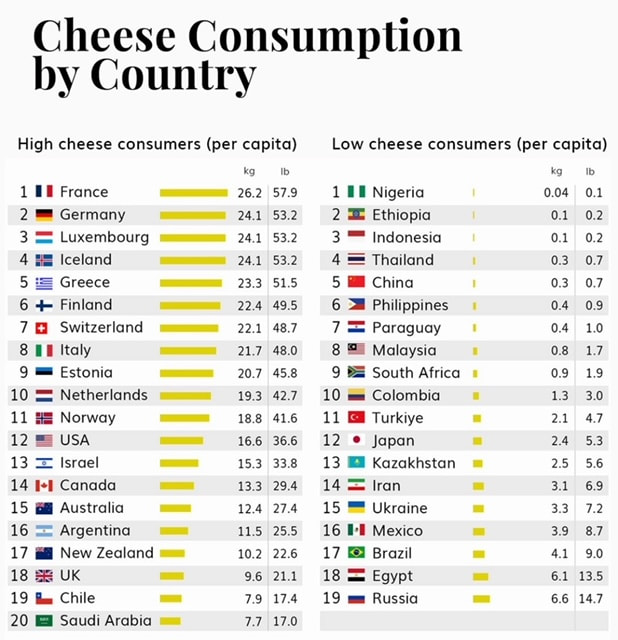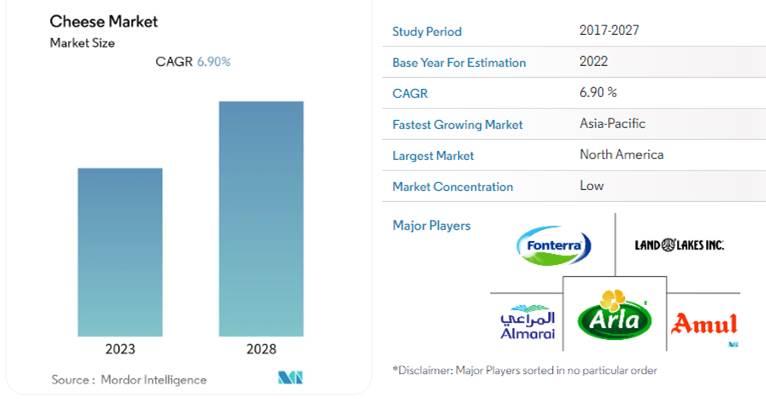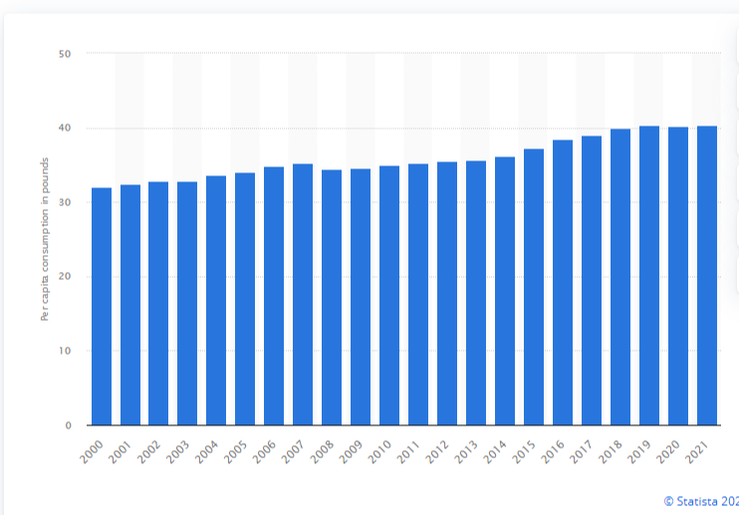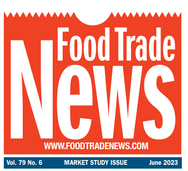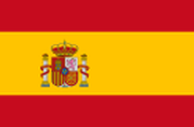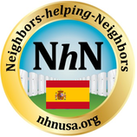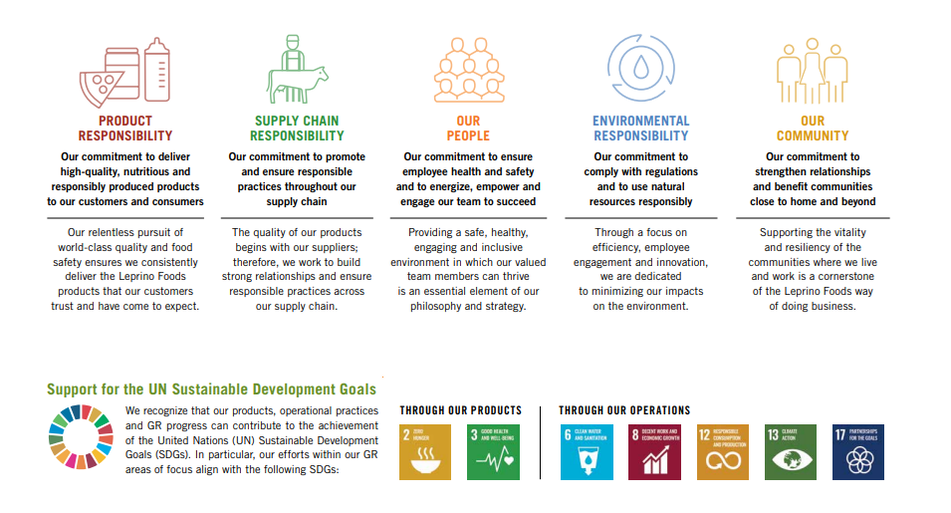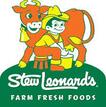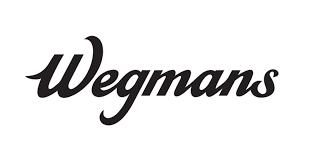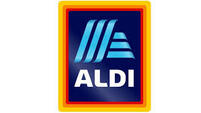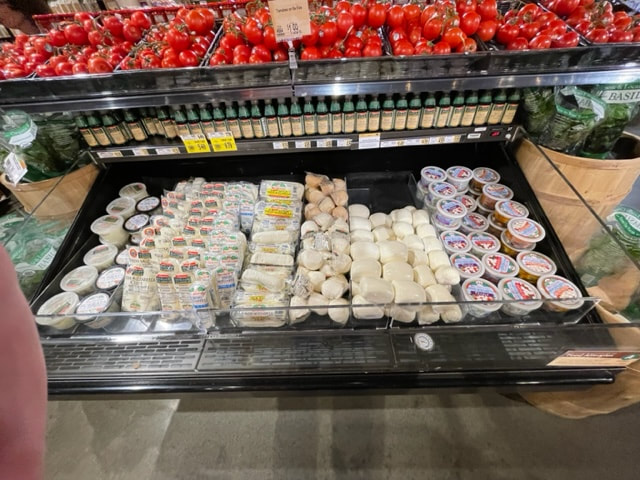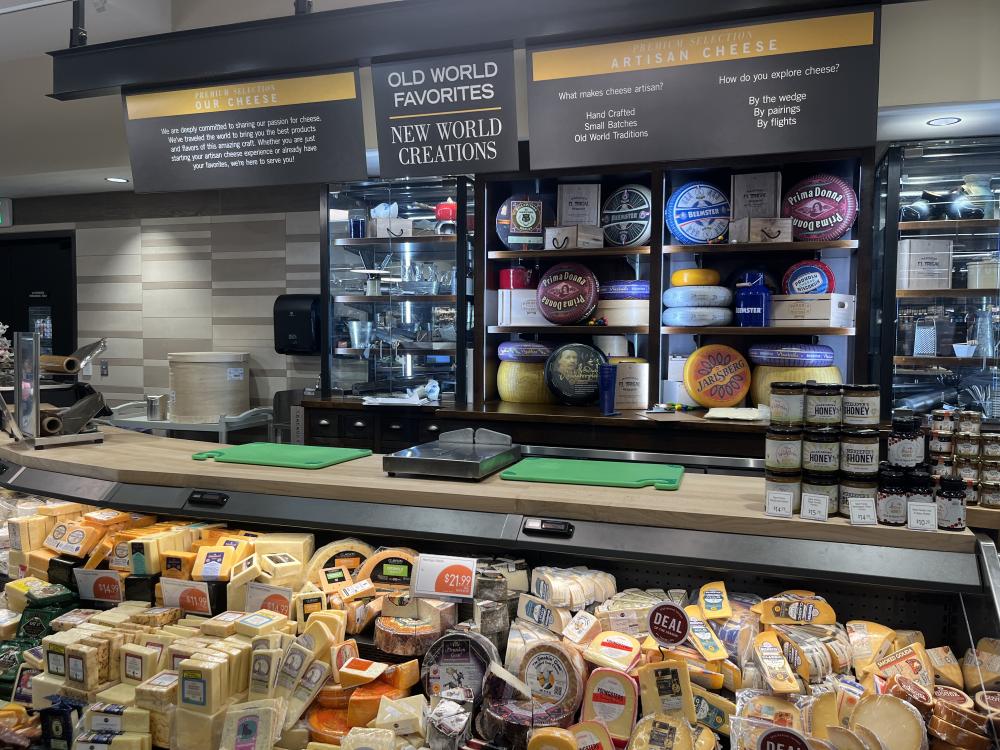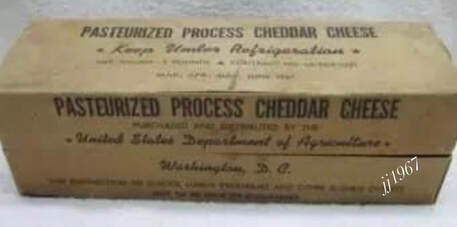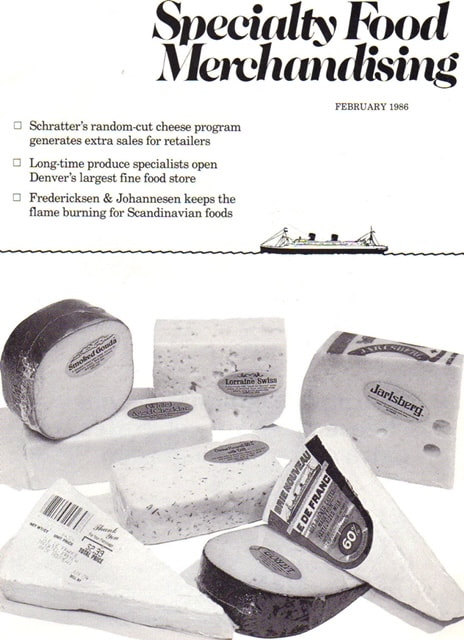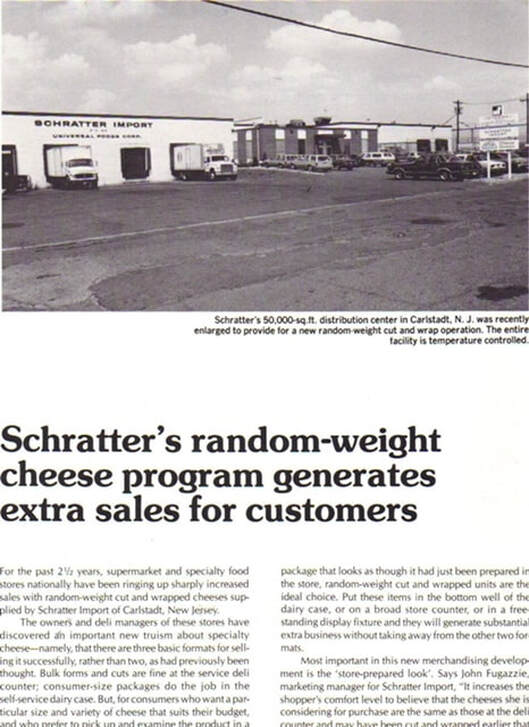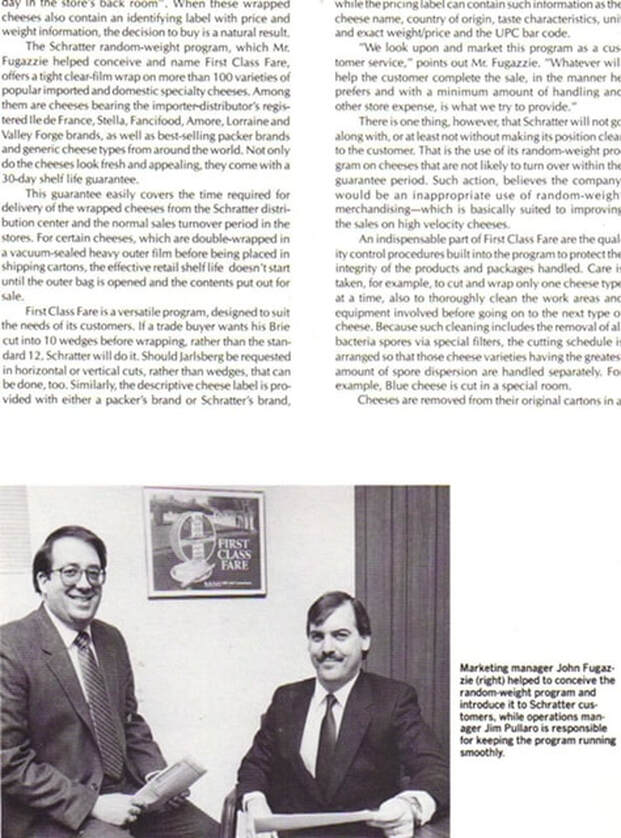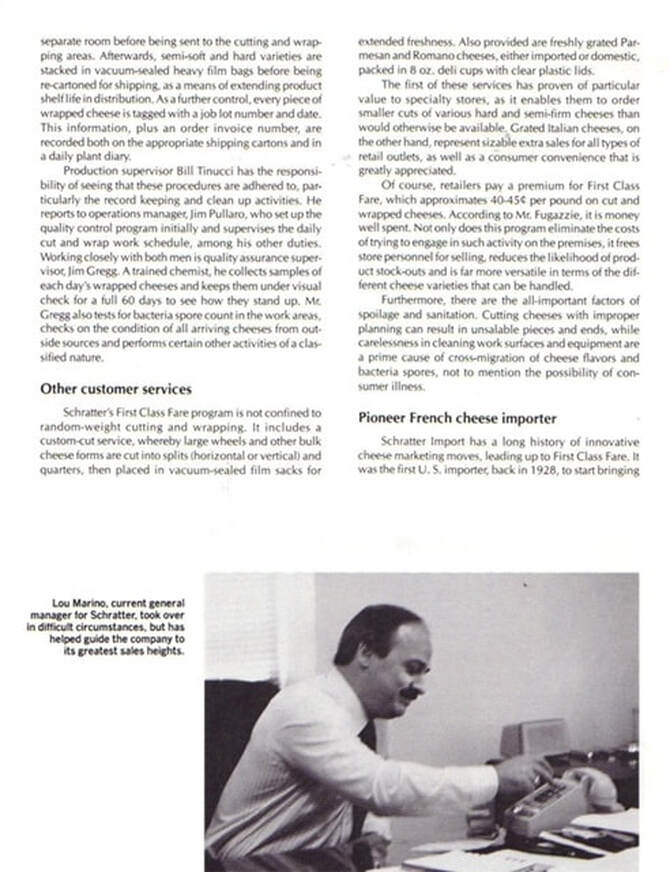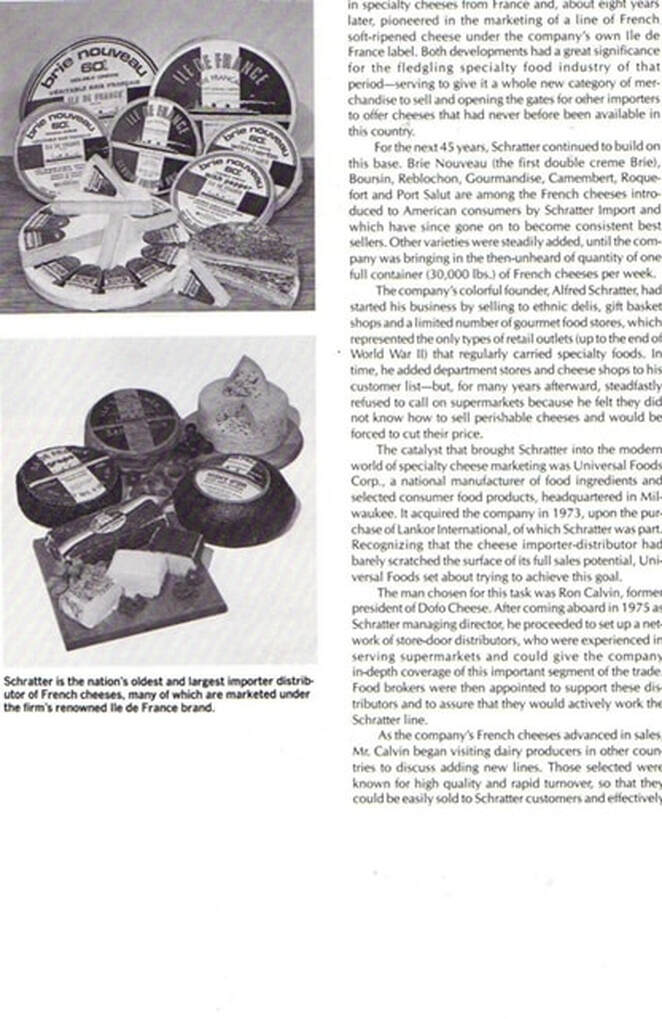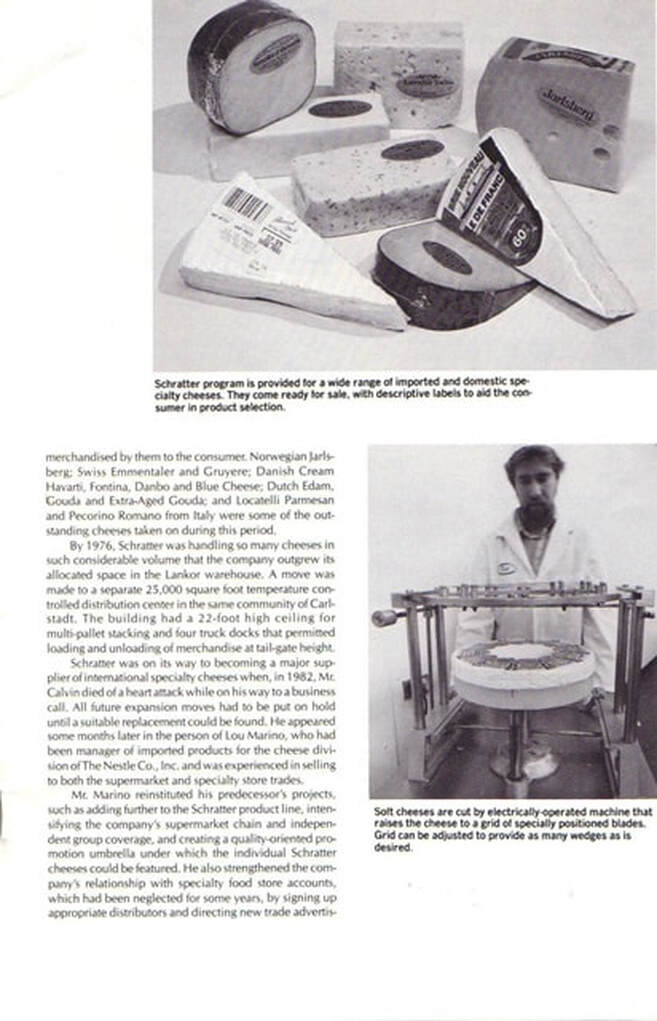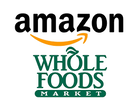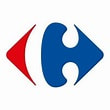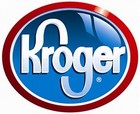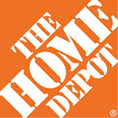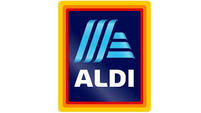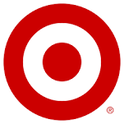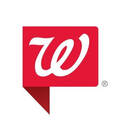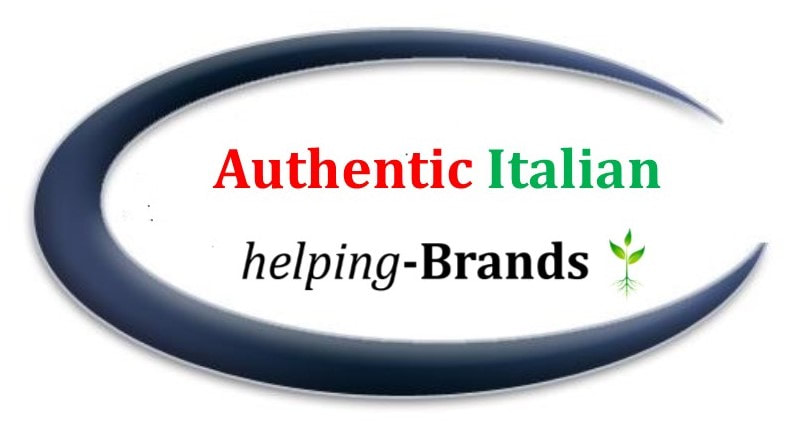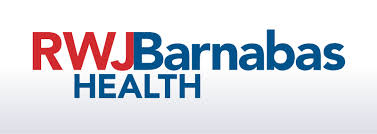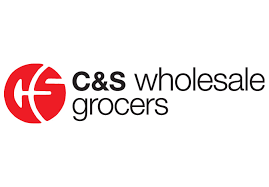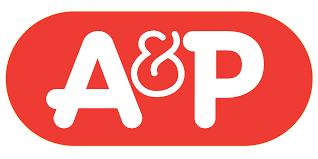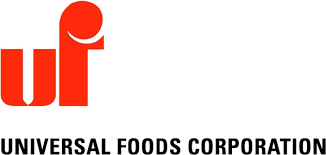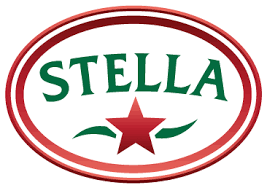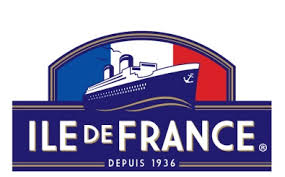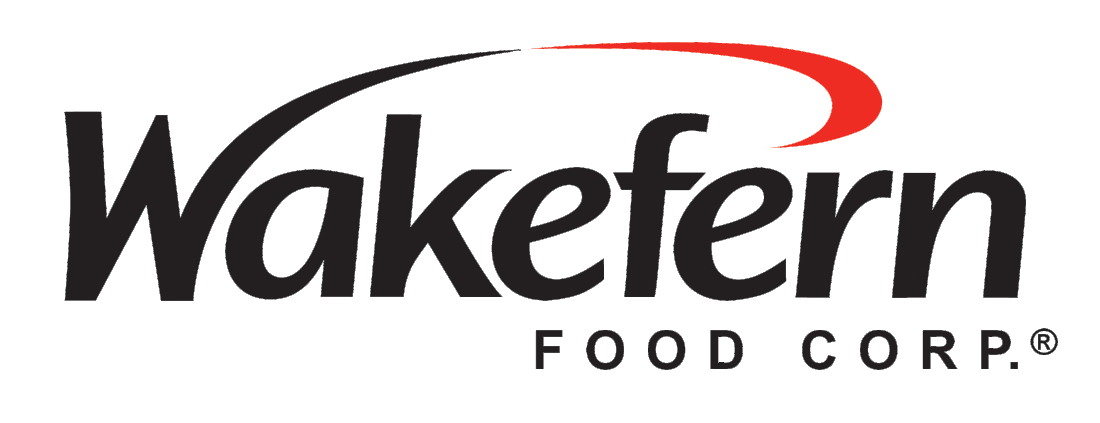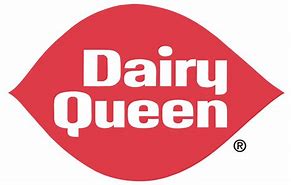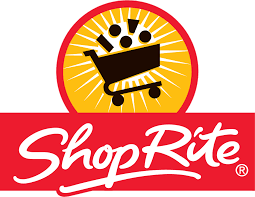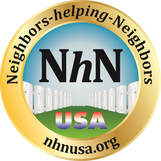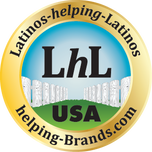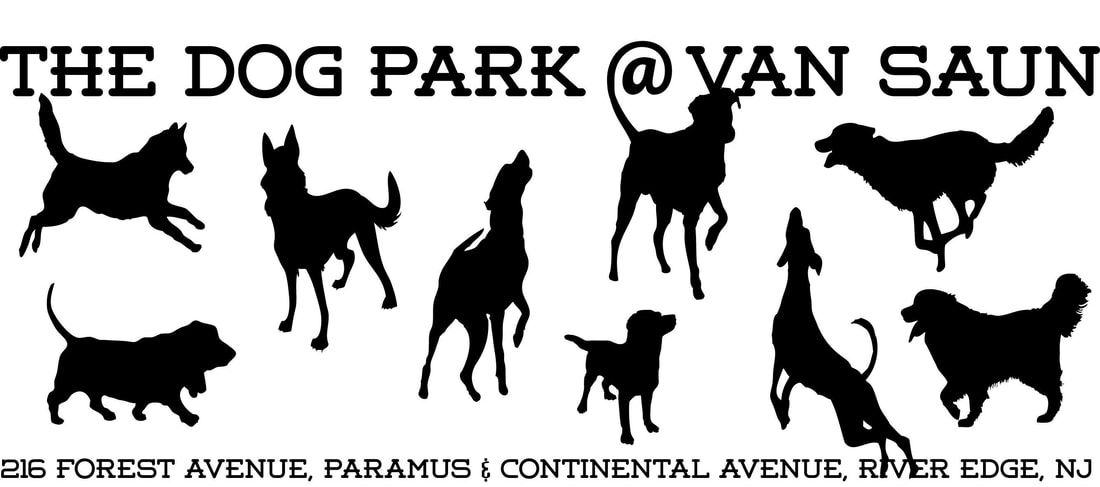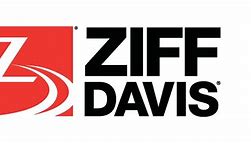See my articles shared on LinkedIn |
Strategic Business AdviceStrategic Business Advice 1 on 1 with John R. Fugazzie |
Please purchase on Amazon clicking on this link helps me and does not cost you
|
The trends in the cheese industry post-pandemic are geared towards enhancing nutrition, taste, fortification, sustainability, and gut health. Specifically, there is a growing demand for low-fat, high-protein, mineral, and fiber-enriched, additive-free, and sustainably produced cheese.
April 15 - 17, 2025
Alliant Energy Center, Madison, Wisconsin Join Wisconsin Cheese Makers Association and Center for Dairy Research as they host exhibits, seminars and networking opportunities designed to help you grow your business! https://cheesecon.org/ Articles of significance:The federal standard of identity for cheese is defined in Title 21, Part 133 of the Code of Federal Regulations (CFR). This section outlines the specific requirements for various types of cheeses and related cheese products. Here are some key points:
[1] 21 CFR Part 133 -- Cheeses and Related Cheese Products [2] CFR - Code of Federal Regulations Title 21 - Food and Drug Administration Lactalis Canada opens ESG-focused distribution facility
Lactalis Canada, which operates 20 manufacturing facilities, said its distribution center in Oshawa, Ontario, will have approximately 80 employees. Mark Taylor, president and chief executive officer for Lactalis Canada, called the new facility a testament to the company’s ambitions as a dairy leader in Canada. Chile agreement protects US cheese, meat exports
https://www.dairyprocessing.com/articles/2719-chile-agreement-protects-us-cheese-meat-exports?
The $18.5 billion cheese category, which includes shredded, chunks, slices, string/stick, crumbled, cubes, and ricotta, experienced a 3% year-over-year (YoY) increase in total U.S. multi-outlets and convenience stores for the 52 weeks ending Jan. 28, Chicago-based market research firm Circana reports. Unit sales increased by 2% YoY to 4.78 billion.
A report published by Allied Market Research in January showed that the feta market was worth $10.5 billion in 2019, and it’s expected to reach $15.8B by 2028.
Cheese sales continue their ascent
Strength continues to be seen. State of the Dairy Industry: Natural cheese scores a hat-trick with diverse flavors, types and textures
Shredded cheese tallies $6.6 billion in dollar sales with no signs of slowing down. DELI BUSINESS covers the market segments found within the retail deli department, including the deli, prepared foods, foodservice and specialty cheese markets.The magazine is edited for the buying end of the trade: retailers (supermarkets, specialized retail chains, club stores, mass merchandisers and restaurants), distributors, wholesalers, exporters and importers.
Editorial is geared toward the marketing, merchandising, management and procurement interests of the field. 
Lactalis Canada to open new distribution centre in Ontario
https://canadiangrocer.com/lactalis-canada-open-new-distribution-centre-ontario Culture's 2024 Cheese Trend Predictions
At culture, cheese is always trending, but in 2023 it felt like the rest of the world was finally giving cheese the attention it deserved. Burrata broke the [cheese] internet, charcuterie boards continued to dominate social media feeds, and the Real Housewives of New York gave us cheese-gate. Cheese consumption hit an all-time high in 2022 and shows no signs of slowing down as we collectively lean into comfort during uncertain times. We've scoured the internet and consulted the experts to come up with our 2024 cheese trend predictions. From nostalgic pairings and bold and spicy flavors, to cheese travels and inventive pasta, 2024 is shaping up to be an exceptionally cheesy year. Find Out What's Trending! Ashia Aubourg is culture's Assistant Digital Editor. She received her BA in Food Studies and Policy Studies from Syracuse University, where she researched components that make up equitable food systems. She previously held print and digital roles at Food & Wine, Cuisine Noir, America's Test Kitchen, and others, where her writing unearthed underrepresented narratives within food, travel, and culture. Before starting her writing career, she held food policy and social impact roles across various nonprofits and companies. Ashia currently lives in Brooklyn, NY.

According to a Supermarket News survey, 50% of respondents plan to increase their produce assortment in 2023. Some other food trends for 2023 include:
Some other food trends include:
|
Marketing/Business Leadership
Community Leadership
Food Category Expertise
|
CHEESE CONNOISSEUR magazine is the authority on all things cheese. We provide our readers — sophisticated, well-educated foodies and industry professionals — with information about specialty cheeses, celebrity cheesemakers, chefs, wines, travel opportunities and complementary foods and beverages.
Published by the award-winning publishers of PRODUCE BUSINESS and DELI BUSINESS magazines, CHEESE CONNOISSEUR has been turning heads since its inception in the winter of 2008.
Published by the award-winning publishers of PRODUCE BUSINESS and DELI BUSINESS magazines, CHEESE CONNOISSEUR has been turning heads since its inception in the winter of 2008.

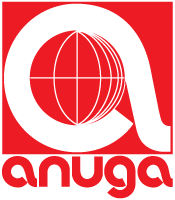
|
Exhibitors of CheeseCheese (487)
|
- Associations and organisations (280)
- Associations (128)
- Organisations (89)
- Ministeries, government agencies (83)
- Joint advertising campaigns (19)
- Training, consulting (26)
- Trade press (20)Specialist literature/Trade publications, trade and technical publishers (20)
National Cheese Exchange
The National Cheese Exchange (NCE) was a private non-profit corporation that operated in Green Bay, Wisconsin. Every Friday morning for one-half hour, members of the NCE met to buy or sell cheddar cheese in 40-pound (18 kg) blocks and 500-pound (230 kg) barrels on the exchange. The closing prices were published and widely circulated throughout the dairy industry, and were used as the basis for buying and selling cheese throughout the food distribution system. Up until April 1997 the USDA used changes in the NCE price as a principal component in determining the basic formula price for all milk sold under federal milk marketing orders. Activity on the NCE was regulated by the Wisconsin Department of Agriculture and the Wisconsin Attorney General.
Cheese Market growth
Per capita consumption of cheese in the US from 2000-2021 (in pounds)
According to Packaged Facts’ new September 2023 report Cheese: US Market Trends & Opportunities, 2nd Edition, cheese retail sales have benefited from price increases and premiumization as consumers have purchased higher-priced premium cheeses. Shifts in the cheese market have been driven by interest in natural products, those with unique flavor profiles or international origins, and the popularity of cheese boards or charcuterie boards that often feature exotic and high-end cheeses.
The “snackification” of cheese has also boosted sales, as many consumers are eating cheese as a snack or consuming snack foods like cheese as the main part of a meal. Packaged Facts’ May 2023 National Online Consumer Survey found that 52% of respondents report cheese is one of their preferred types of snack. Cheese is also frequently paired with other popular snack foods such as crackers, fresh fruits, and vegetables.
1. A Focus on Healthy Living Benefits Cheese Sales
For some, the pandemic inspired a greater focus on healthy living in general – regular exercise, more whole foods, etc. – and not just susceptibility to illness. This has led to higher demand for food products with “better-for-you” traits, including clean labels and natural/organic ingredients.
Nearly all consumers agree that food is a path to overall health and wellness, while also believing that food is something to enjoy or treat oneself with regardless of health effect. More than two-thirds of consumers also agree that good nutrition is the key to overall wellness.
Cheese has a relatively healthy perception among consumers (particularly “better-for-you” versions, including cheese made with milk from grass-fed animals). Cheese also has indulgent properties for consumers who want to “treat themselves,” so it benefits from the “best of both worlds,” common beliefs about nutrition and enjoying food.
2. Low Carb Diet Trends Are a Boon for Cheese Sales
Some of the most popular diets for weight loss or health are low carb and high protein varieties. Several popular diets also emphasize low carbohydrate consumption as a component of a larger nutritional or lifestyle regimen. For instance:
Cheese may carry “low carb,” Atkins, or keto claims since it contains low carbohydrate content and higher protein and fat content. However, cheese often does not carry such a label since it is naturally low carb without any changes made to accommodate special diets. Instead, it often plays up its high protein content with labeling such as “excellent source of protein” or a front of package claim showing the amount of protein per serving.
3. Plant-Based Cheese Trends
Unlike with healthy living and low carb diet trends, plant-forward trends are often seen as a threat to dairy cheese sales. Some consumers believe that plant-based products are healthier than animal products, which has led to growth in demand for plant-based dairy alternatives, particularly milk. Nonetheless, the number of consumers who think plant-based dairy products are healthier than conventional dairy represents a minority of the population. Some consumers think that conventional dairy products are healthier than plant-based versions, while others may think that the healthfulness of both product types is similar.
Unlike with milk and milk beverages, plant-based alternatives to cheese have yet to make significant inroads as a substitute product for dairy cheese, as many consumers who have tried plant-based cheese products do not like their taste or texture compared to conventional cheese. Instead, plant-based cheese may be more of a complement to dairy cheese as taste and texture of the next generation of alternatives continue to improve. The most competitive nondairy options are in the spreads, dips, and sauces category, as many of these products approximate the taste and texture of soft, creamy cheeses used for dairy-based spreads, dips, and sauces without needing the structure of the most popular cheese forms (chunks, grated, shredded, and slices).
Additionally, while vegans actively avoid dairy cheese, many who are lactose intolerant and otherwise avoid many types of dairy can still comfortably consume many types of cheese, particularly hard and matured cheeses such as cheddar, Swiss, parmesan, and feta, or cheese made with sheep or goat milk. Still, food allergies and sensitivities/intolerances do affect many consumers and can impact cheese consumption. While only a small share of consumers have milk allergies and must avoid cheese for fear of a dangerous reaction, a larger share are lactose intolerant or believe they have lactose intolerance. These individuals may only avoid certain types of cheese. A certain share of lactose intolerant consumers may use medication or supplements to eat more types of cheese comfortably, particularly more problematic soft cheeses such as cream cheese, ricotta, and mozzarella, which frequently appear in popular comfort food meals such as pizza and lasagna.
Other than vegans, consumers following a plant-forward diet are actually slightly more likely to report their households use natural/imported cheese. Vegetarians and semi-vegetarians may value cheese as a good source of protein and fat, which they may not get from meat or seafood depending on their diet.
Additional analysis on the natural cheese market can be found in the September 2023 Packaged Facts report Cheese: US Market Trends & Opportunities, 2nd Edition.
The “snackification” of cheese has also boosted sales, as many consumers are eating cheese as a snack or consuming snack foods like cheese as the main part of a meal. Packaged Facts’ May 2023 National Online Consumer Survey found that 52% of respondents report cheese is one of their preferred types of snack. Cheese is also frequently paired with other popular snack foods such as crackers, fresh fruits, and vegetables.
1. A Focus on Healthy Living Benefits Cheese Sales
For some, the pandemic inspired a greater focus on healthy living in general – regular exercise, more whole foods, etc. – and not just susceptibility to illness. This has led to higher demand for food products with “better-for-you” traits, including clean labels and natural/organic ingredients.
Nearly all consumers agree that food is a path to overall health and wellness, while also believing that food is something to enjoy or treat oneself with regardless of health effect. More than two-thirds of consumers also agree that good nutrition is the key to overall wellness.
Cheese has a relatively healthy perception among consumers (particularly “better-for-you” versions, including cheese made with milk from grass-fed animals). Cheese also has indulgent properties for consumers who want to “treat themselves,” so it benefits from the “best of both worlds,” common beliefs about nutrition and enjoying food.
2. Low Carb Diet Trends Are a Boon for Cheese Sales
Some of the most popular diets for weight loss or health are low carb and high protein varieties. Several popular diets also emphasize low carbohydrate consumption as a component of a larger nutritional or lifestyle regimen. For instance:
- The keto (or ketogenic) diet mandates very low carbohydrate intake, high fat, and adequate protein content. It forces the body to burn fat by making carbohydrates scarce.
- The Atkins diet is similar, promoting the consumption of high fat and high protein content while carbohydrates and items such as bread, cereal, and pasta are strictly limited or forbidden.
Cheese may carry “low carb,” Atkins, or keto claims since it contains low carbohydrate content and higher protein and fat content. However, cheese often does not carry such a label since it is naturally low carb without any changes made to accommodate special diets. Instead, it often plays up its high protein content with labeling such as “excellent source of protein” or a front of package claim showing the amount of protein per serving.
3. Plant-Based Cheese Trends
Unlike with healthy living and low carb diet trends, plant-forward trends are often seen as a threat to dairy cheese sales. Some consumers believe that plant-based products are healthier than animal products, which has led to growth in demand for plant-based dairy alternatives, particularly milk. Nonetheless, the number of consumers who think plant-based dairy products are healthier than conventional dairy represents a minority of the population. Some consumers think that conventional dairy products are healthier than plant-based versions, while others may think that the healthfulness of both product types is similar.
Unlike with milk and milk beverages, plant-based alternatives to cheese have yet to make significant inroads as a substitute product for dairy cheese, as many consumers who have tried plant-based cheese products do not like their taste or texture compared to conventional cheese. Instead, plant-based cheese may be more of a complement to dairy cheese as taste and texture of the next generation of alternatives continue to improve. The most competitive nondairy options are in the spreads, dips, and sauces category, as many of these products approximate the taste and texture of soft, creamy cheeses used for dairy-based spreads, dips, and sauces without needing the structure of the most popular cheese forms (chunks, grated, shredded, and slices).
Additionally, while vegans actively avoid dairy cheese, many who are lactose intolerant and otherwise avoid many types of dairy can still comfortably consume many types of cheese, particularly hard and matured cheeses such as cheddar, Swiss, parmesan, and feta, or cheese made with sheep or goat milk. Still, food allergies and sensitivities/intolerances do affect many consumers and can impact cheese consumption. While only a small share of consumers have milk allergies and must avoid cheese for fear of a dangerous reaction, a larger share are lactose intolerant or believe they have lactose intolerance. These individuals may only avoid certain types of cheese. A certain share of lactose intolerant consumers may use medication or supplements to eat more types of cheese comfortably, particularly more problematic soft cheeses such as cream cheese, ricotta, and mozzarella, which frequently appear in popular comfort food meals such as pizza and lasagna.
Other than vegans, consumers following a plant-forward diet are actually slightly more likely to report their households use natural/imported cheese. Vegetarians and semi-vegetarians may value cheese as a good source of protein and fat, which they may not get from meat or seafood depending on their diet.
Additional analysis on the natural cheese market can be found in the September 2023 Packaged Facts report Cheese: US Market Trends & Opportunities, 2nd Edition.
Cheese from around the world
Food Sustainability
Dairy Processing Sustainability www.dairyprocessing.com/topics/407-sustainability
Leprino Foods - Denver Co.
Leprino Foods is a family-owned company that produces mozzarella cheese and other dairy products for food and nutrition companies around the world.
Import - Export
USDEC highlights how dairy exports set records in 2021
ARLINGTON, VA. – Several factors led to US dairy exports reaching an all-time high of $7.66 billion in 2021. The US Dairy Export Council highlighted some of the numbers that drove the record-setting year.
ARLINGTON, VA. – Several factors led to US dairy exports reaching an all-time high of $7.66 billion in 2021. The US Dairy Export Council highlighted some of the numbers that drove the record-setting year.
|
6 Grocery Chains With the Best Cheese Department
Cheese shopping is serious business. By Ariel Klein The key to being the perfect host is to have some light bites, snacks, and refreshments ready before your guests arrive. A charcuterie board is a popular choice since it’s ideal for grazing and you can get creative by customizing it with an assortment of cheeses, crackers, nuts, fruits, and spreads. These days, people take enormous pride in building beautiful snack boards, and the star of the platter is almost always the same: cheese. If you’re looking for gourmet, aged, or imported cheeses, there are countless grocery stores with superior selections, some of which even have designated cheese mongers. Whether you’re splurging on Manchego with black truffles, or craving a decadent port salut, Whole Foods or Kroger may be your best bet. Need some delicious but reasonably priced cheeses? Trader Joe's and Aldi might be your new go-to. Whatever your cheese needs might be, these six grocery chains have some of the most impressive cheese departments around. 10 Best Grocery Store Cheeses to Buy For Your Next Charcuterie Board Trader Joe’s TJ's has every type of cheese you could need—from sliced, shredded, blocks, and spreadable varieties—you can certainly find whatever you’re looking for. And if you haven’t tried TJ’s famous Unexpected Cheddar, grab your tote bag and pick some up immediately; just know that you'll most definitely be back for more. Whole FoodsAnadolu Agency / Getty Images Contributor.It’s nearly impossible to walk by the cheese counter at Whole Foods, especially since there’s a designated cheese monger to help with your selections. Whole Foods prides itself on providing an elevated experience where customers can sample cheese, request cuts of any size, and even order a cheese platter for events both big and small. Don't skip out on the Roth Buttermilk Blue, which is creamy and tangy, yet still mellow enough to eat on its own. Kroger Back in 2017, Kroger decided to expand its cheese program by acquiring the New York City staple, Murray’s Cheese. That means you don’t have to visit Greenwich Village to get some of the highest quality cheese around. Customers can shop from the "monger’s selection" section, or peruse the extensive array of cheeses, like flavorful Cheddars, mild Manchego, and aged Parmesan, among other types. Stew Leonard’s Founded in 1969, Stew Leonard’s went from being a quaint dairy shop to the “World’s Largest Dairy Store”. Unlike any other market, Stew Leonard’s has their own brand of cheeses, and even has specialty offerings like artisanal burrata and freshly made ricotta. Wegmans While you can certainly find a bottle of Easy-Cheese at Wegmans, we urge you to indulge in the retailer's assortment of cave-ripened and gourmet cheeses. If you’re someone who likes to experiment with trying new cheeses, you won’t be disappointed with Wegmans' impressive selection. If you're a fan of soft cheeses, try the award-winning Professor’s Brie, which boasts a buttery taste with a mushroomy rind. Aldi Some cheese varieties can set you back a pretty penny, but Aldi has everything you need for the perfect charcuterie board without breaking the bank. Brands like Emporium Selection and Happy Dairy are of the highest quality, but remain affordably priced. |
Deccicos New City NY
New Lunds & Byerlys Outside Minneapolis upscale retailer’s newly built store in Apple Valley cheese department
7 of the Best Places that Specialize in Cheese in New York City
MURRAY’S CHEESE
Speaking of Bleecker Street, that is as good a place as any to start, because that’s where a NYC cheese pilgrimage must begin. Murray’s isn’t the oldest retail cheese operation in New York, but it is the largest. Whether that necessarily makes it the most important, the pilgrimage to Murray’s is necessary, and given the time and day, you may run into one of the local West Village food tour operations which includes the store among its many worthy stops. Murray’s Cheese has been at it since 1962 and remains one of the largest cheese retailers in the country, offering hundreds of selections at its flagship location. (Murray’s also has a sizable outpost in Grand Central Station, and you can also find Murray’s cheeses in Kroger stores throughout the country.)
In addition to its deep cheese selection, Murray’s also offers an impressive collection of charcuterie and cheese-adjacent condiments—get yourself a Pralus Chocolatier’s Pistachio Infernal Bar to pair with some Herve Mons 1924 Bleu and and thank me later— as well as numerous weekly classes in its upstairs education annex. (Where you may find yours truly as an educator for cheese and beverage pairing classes.)
So long as you’re on Bleecker Street, and (presumably) a cheese/dairy lover, you might have a bite at next-door Murray’s Mac & Cheese, grab an old-school New York pizza slice at John’s, or grab a cone at (what else?) Cones.
BEDFORD CHEESE SHOP
I have it on good (nameless) authority that some Murray’s mongers like to spend their own money at Bedford Cheese Shop, for a solid selection that rotates more frequently, and also goes a little deeper in the stinkers category. (A recent visit revealed adventurous stinkers such as Tulip Tree Creamery Foxglove, Cabricharme, and Torta del Casar.) Bedford Cheese Shop’s story begins in Brooklyn’s Williamsburg neighborhood, where many cool NY stories begin. Founded in 2003 by Jason Scherr and Jason Jeffries to bring artisanal cheese to what was then an up-and-coming neighborhood (no doubt made cool by the introduction of cheese), Bedford Cheese Shop expanded in 2018 to Gramercy Park, which is now their sole location, operated by additional co-owners Christina Earle and Samantha Fantauzzi, along with GM Katelind Kuhn. (Notably, BCS also profiles all of their cheesemongers on their website, which is a nice, personal touch.)
In addition to the requisite cheese accoutrements for purchase, Bedford also has a small cafe operation where one might sit with a cheese board or sandwich from their cheese-forward chalkboard menu.
SAXELBY CHEESEMONGERS
If you’re someone who hears the words “American Cheese” and immediately thinks “Pleasant Ridge Reserve” rather than “Kraft Singles”, then Saxelby Cheesemongers in Chelsea Market—a worthy food tourism destination unto itself—is the place for you. The late Anne Saxelby began Saxelby’s as a cupboard-sized stall in the Lower East Side’s Essex Market in 2006, as the first all-American artisanal cheese shop in the United States. (Parmigiano Reggiano remains the only import available, for its inability to be replicated by any other cheesemaking country on earth.) Saxelby’s lives on after Anne’s untimely death in 2021, continually dedicated to championing America’s great cheesemakers, and Saxelby’s is an ideal place to sample a variety of American cheese creations from long standing cheesemakers such as Jasper Hill, as well as newer and smaller operations.
Occupying a neat corner in the downstairs annex of Chelsea Market, a visit to Saxelby neighbors Buon’Italia for some harder-to-get Italian selections or Dickson’s Farmstand Meats for locally made charcuterie makes the trip all the more worthy.
FRENCH CHEESE BOARD
The French Cheese Board is dedicated to all things France: not only its celebrated cheeses, such as Époisses, Mimolette, and Saint Nectaire, but decadent butters and elegant mustards as well. (When shipping delays made French cheeses all but unavailable to typical retailers in New York, FCB still had the goods.) Located in a brand-new space on Spring Street in Soho, the FCB is an oasis in a posh neighborhood of otherwise non-cheese related shopping, with its spacious, industrial vibe.
The FCB is also the only place where one may have a truly immersive cheese experience, (since a cheese spa doesn’t yet exist,) with its gallery of recently commissioned NFTs and virtual reality lab. (This is real, and this is worth it.)
CASA DELLA MOZZARELLA
If you are in New York City and consider yourself a cheese lover, if you don’t at least try to visit a place called the “house of mozzarella,” then did your visit even count? The Bronx’s Arthur Avenue is the real Little Italy of NYC, lined with purveyors of traditional Italian goods of every imaginable category. Go to Casa Della Mozzarella for the minutes old-mozzarella made by father and son team Orazio and Carlo Carciotto, stay for the rest of the Italian cheese selection, or the epic sandwiches that employ said mozzarella, (not to mention the burrata,) toward one of its most magnificent purposes other than pizza.
If a trip up to the Bronx isn’t in your cards, Italian wonderland Eataly also has a worthy cheese counter, or try Hudson Yard’s Mercato Little Spain for the same effect, Spanish-style.
CASELLULA
New York is fortunate, because of its excellent cheese retail culture, to have a plethora of restaurants where one might find a laudable cheese plate on the menu. If I had to pick just one, though (which I don’t, but again, I’d like to submit this list before I retire), it would be Hell’s Kitchen’s legendary cheese and wine cafe, Casellula. (Note intentional order of words.) Opened in 2007 with a cheese program then curated by cheese goddess and author Tia Keenan, the particular thrill of Casellula is in its brilliant cheese boards whose already interesting cheese selections all come with their own individual, highly original adornment: creamed spinach, cashew brittle, deviled quail eggs, and pickled string beans have all made appearances.
So long as you’re in Hell’s Kitchen, a trip to Balkan cheese dream Kashkaval Garden for fondue is also in order, and then you can just hop the N train to Astoria to visit some of my other favorite cheese plate places, twin bars Astoria Bier & Cheese and Bier & Cheese Collective.
CHAMA MAMA
Of course I wasn’t going to leave you hanging on the Georgian cheese bread thing. While pizza and mac and cheese are dishes you’re going to run into all over the place in NYC whether you’re seeking them out or not, khachapuri requires a little extra effort. (Your effort will be handsomely rewarded, however, with one of the most decadent pools of salty cheese ever to be encased in a bread boat.) If you can’t make it down to southern Brooklyn to immerse yourself in the Georgian enclave around Sheepshead Bay or Bensonhurst, Manhattan boasts no fewer than 9 restaurants that offer khachapuri. My vote goes to Chama Mama: a well-located and worthy tavern on 14th Street with a spacious back patio perfect for noshing on cheese bread while enjoying a sip or two from their deep selection of amber, Georgian wines.
PAMELA VACHON -NOVEMBER 4, 2022
Speaking of Bleecker Street, that is as good a place as any to start, because that’s where a NYC cheese pilgrimage must begin. Murray’s isn’t the oldest retail cheese operation in New York, but it is the largest. Whether that necessarily makes it the most important, the pilgrimage to Murray’s is necessary, and given the time and day, you may run into one of the local West Village food tour operations which includes the store among its many worthy stops. Murray’s Cheese has been at it since 1962 and remains one of the largest cheese retailers in the country, offering hundreds of selections at its flagship location. (Murray’s also has a sizable outpost in Grand Central Station, and you can also find Murray’s cheeses in Kroger stores throughout the country.)
In addition to its deep cheese selection, Murray’s also offers an impressive collection of charcuterie and cheese-adjacent condiments—get yourself a Pralus Chocolatier’s Pistachio Infernal Bar to pair with some Herve Mons 1924 Bleu and and thank me later— as well as numerous weekly classes in its upstairs education annex. (Where you may find yours truly as an educator for cheese and beverage pairing classes.)
So long as you’re on Bleecker Street, and (presumably) a cheese/dairy lover, you might have a bite at next-door Murray’s Mac & Cheese, grab an old-school New York pizza slice at John’s, or grab a cone at (what else?) Cones.
BEDFORD CHEESE SHOP
I have it on good (nameless) authority that some Murray’s mongers like to spend their own money at Bedford Cheese Shop, for a solid selection that rotates more frequently, and also goes a little deeper in the stinkers category. (A recent visit revealed adventurous stinkers such as Tulip Tree Creamery Foxglove, Cabricharme, and Torta del Casar.) Bedford Cheese Shop’s story begins in Brooklyn’s Williamsburg neighborhood, where many cool NY stories begin. Founded in 2003 by Jason Scherr and Jason Jeffries to bring artisanal cheese to what was then an up-and-coming neighborhood (no doubt made cool by the introduction of cheese), Bedford Cheese Shop expanded in 2018 to Gramercy Park, which is now their sole location, operated by additional co-owners Christina Earle and Samantha Fantauzzi, along with GM Katelind Kuhn. (Notably, BCS also profiles all of their cheesemongers on their website, which is a nice, personal touch.)
In addition to the requisite cheese accoutrements for purchase, Bedford also has a small cafe operation where one might sit with a cheese board or sandwich from their cheese-forward chalkboard menu.
SAXELBY CHEESEMONGERS
If you’re someone who hears the words “American Cheese” and immediately thinks “Pleasant Ridge Reserve” rather than “Kraft Singles”, then Saxelby Cheesemongers in Chelsea Market—a worthy food tourism destination unto itself—is the place for you. The late Anne Saxelby began Saxelby’s as a cupboard-sized stall in the Lower East Side’s Essex Market in 2006, as the first all-American artisanal cheese shop in the United States. (Parmigiano Reggiano remains the only import available, for its inability to be replicated by any other cheesemaking country on earth.) Saxelby’s lives on after Anne’s untimely death in 2021, continually dedicated to championing America’s great cheesemakers, and Saxelby’s is an ideal place to sample a variety of American cheese creations from long standing cheesemakers such as Jasper Hill, as well as newer and smaller operations.
Occupying a neat corner in the downstairs annex of Chelsea Market, a visit to Saxelby neighbors Buon’Italia for some harder-to-get Italian selections or Dickson’s Farmstand Meats for locally made charcuterie makes the trip all the more worthy.
FRENCH CHEESE BOARD
The French Cheese Board is dedicated to all things France: not only its celebrated cheeses, such as Époisses, Mimolette, and Saint Nectaire, but decadent butters and elegant mustards as well. (When shipping delays made French cheeses all but unavailable to typical retailers in New York, FCB still had the goods.) Located in a brand-new space on Spring Street in Soho, the FCB is an oasis in a posh neighborhood of otherwise non-cheese related shopping, with its spacious, industrial vibe.
The FCB is also the only place where one may have a truly immersive cheese experience, (since a cheese spa doesn’t yet exist,) with its gallery of recently commissioned NFTs and virtual reality lab. (This is real, and this is worth it.)
CASA DELLA MOZZARELLA
If you are in New York City and consider yourself a cheese lover, if you don’t at least try to visit a place called the “house of mozzarella,” then did your visit even count? The Bronx’s Arthur Avenue is the real Little Italy of NYC, lined with purveyors of traditional Italian goods of every imaginable category. Go to Casa Della Mozzarella for the minutes old-mozzarella made by father and son team Orazio and Carlo Carciotto, stay for the rest of the Italian cheese selection, or the epic sandwiches that employ said mozzarella, (not to mention the burrata,) toward one of its most magnificent purposes other than pizza.
If a trip up to the Bronx isn’t in your cards, Italian wonderland Eataly also has a worthy cheese counter, or try Hudson Yard’s Mercato Little Spain for the same effect, Spanish-style.
CASELLULA
New York is fortunate, because of its excellent cheese retail culture, to have a plethora of restaurants where one might find a laudable cheese plate on the menu. If I had to pick just one, though (which I don’t, but again, I’d like to submit this list before I retire), it would be Hell’s Kitchen’s legendary cheese and wine cafe, Casellula. (Note intentional order of words.) Opened in 2007 with a cheese program then curated by cheese goddess and author Tia Keenan, the particular thrill of Casellula is in its brilliant cheese boards whose already interesting cheese selections all come with their own individual, highly original adornment: creamed spinach, cashew brittle, deviled quail eggs, and pickled string beans have all made appearances.
So long as you’re in Hell’s Kitchen, a trip to Balkan cheese dream Kashkaval Garden for fondue is also in order, and then you can just hop the N train to Astoria to visit some of my other favorite cheese plate places, twin bars Astoria Bier & Cheese and Bier & Cheese Collective.
CHAMA MAMA
Of course I wasn’t going to leave you hanging on the Georgian cheese bread thing. While pizza and mac and cheese are dishes you’re going to run into all over the place in NYC whether you’re seeking them out or not, khachapuri requires a little extra effort. (Your effort will be handsomely rewarded, however, with one of the most decadent pools of salty cheese ever to be encased in a bread boat.) If you can’t make it down to southern Brooklyn to immerse yourself in the Georgian enclave around Sheepshead Bay or Bensonhurst, Manhattan boasts no fewer than 9 restaurants that offer khachapuri. My vote goes to Chama Mama: a well-located and worthy tavern on 14th Street with a spacious back patio perfect for noshing on cheese bread while enjoying a sip or two from their deep selection of amber, Georgian wines.
PAMELA VACHON -NOVEMBER 4, 2022
The History of Cheese
The production of cheese predates recorded history, beginning well over 7,000 years ago. Humans likely developed cheese and other dairy foods by accident, as a result of storing and transporting milk in bladders made of ruminants' stomachs, as their inherent supply of rennet would encourage curdling. There is no conclusive evidence indicating where cheese-making originated, possibly Europe, or Central Asia, the Middle East, or the Sahara.
Earliest originsIt is unknown when cheese was first made. The earliest direct evidence for cheesemaking is now being found in excavated clay sieves (holed pottery) over seven thousand years old, for example in Kujawy, Poland, and the Dalmatian coast in Croatia, the latter with dried remains which chemical analysis suggests was cheese. Shards of holed pottery were also found in Urnfield pile-dwellings on Lake Neuchatel in Switzerland and are hypothesized to be cheese-strainers; they date back to roughly 8,000 years ago.
For preservation purposes, cheese-making may have begun by the pressing and salting of curdled milk. Animal skins and inflated internal organs already provided storage vessels for a range of foodstuffs. Curdling milk in an animal's stomach made solid and better-textured curds, which could easily have led to the conscious addition of rennet.
Hard salted cheese is likely to have accompanied dairying from the outset. It is the only form in which milk can be kept in a hot climate. Dairying existed around 4,000 BC in the grasslands of the Sahara. Cheese produced in Europe, where climates are cooler than in the Middle East, required less salt for preservation. With less salt and acidity, the cheese became a suitable environment for useful microbes and molds, giving aged cheeses their pronounced and interesting flavors.
The earliest written evidence of cheese (GA.UAR) is the Sumerian cuneiform texts of Third Dynasty of Ur, dated at the early second millennium BC. The earliest cheeses were sour and salty and similar in texture to rustic cottage cheese or present-day feta. In Late Bronze Age Minoan-Mycenaean Crete, Linear B tablets recorded the inventorying of cheese, (Mycenaean Greek in Linear B: 𐀶𐀫, tu-ro; later Greek: τυρός) flocks and shepherds.
An Arab legend attributes the discovery of cheese to an Arab trader who used this method of storing milk. However, cheese was already well known among the Sumerians.
For preservation purposes, cheese-making may have begun by the pressing and salting of curdled milk. Animal skins and inflated internal organs already provided storage vessels for a range of foodstuffs. Curdling milk in an animal's stomach made solid and better-textured curds, which could easily have led to the conscious addition of rennet.
Hard salted cheese is likely to have accompanied dairying from the outset. It is the only form in which milk can be kept in a hot climate. Dairying existed around 4,000 BC in the grasslands of the Sahara. Cheese produced in Europe, where climates are cooler than in the Middle East, required less salt for preservation. With less salt and acidity, the cheese became a suitable environment for useful microbes and molds, giving aged cheeses their pronounced and interesting flavors.
The earliest written evidence of cheese (GA.UAR) is the Sumerian cuneiform texts of Third Dynasty of Ur, dated at the early second millennium BC. The earliest cheeses were sour and salty and similar in texture to rustic cottage cheese or present-day feta. In Late Bronze Age Minoan-Mycenaean Crete, Linear B tablets recorded the inventorying of cheese, (Mycenaean Greek in Linear B: 𐀶𐀫, tu-ro; later Greek: τυρός) flocks and shepherds.
An Arab legend attributes the discovery of cheese to an Arab trader who used this method of storing milk. However, cheese was already well known among the Sumerians.
|
Wal-mart Stores, Inc. Founded: 1945
About Walmart What started small, with a single discount store and the simple idea of selling more for less, has grown over the last 50 years into the largest retailer in the world. Each week, approximately 220 million customers and members visit approximately 10,500 stores and clubs under 48 banners in 24 countries and eCommerce websites. With fiscal year 2021 revenue of $559 billion, Walmart employs over 2.3 million associates worldwide. Walmart continues to be a leader in sustainability, corporate philanthropy and employment opportunity. It’s all part of our unwavering commitment to creating opportunities and bringing value to customers and communities around the world. |
|
Tesco PLC
Founded: 1919 Country of Origin: England Revenue: 64.76 billion GBP (2020) As a leading retailer, with over 400,000 colleagues, we serve millions of customers every week, in our stores and online. About Tesco PLC |
Costco Wholesale Corporation
Founded: 1976 Country of Origin: United States 2020, Costco generated 122.14 billion U.S. dollars in revenue from their operations in the United States. |
|
Carrefour S.A.Founded: 1958
Country of Origin: France Revenue: Carrefour serves a huge number of consumers in countries like Argentina, Brazil, China, United Arab Emirates, Dominican Republic, Qatar and Saudi Arabia etc. It’s main market in Europe and it also serves some parts of North Africa and Asia. It has the largest chain of Hypermarkets – 1,452. It is situated in more than ten thousand locations worldwide. |
Kroger Co.Founded: 1883
Country of Origin: United States About Wikipedia Kroger Comp Sales Up 4% in Q4 2021, Margin Rate StableGrocer reports record performance in fiscal 2021
|
|
Lidl Stiftung & Co. KG
Founded: 1930 Country of Origin: Germany Revenue: Lidl is another German giant in the retailing industry and a chief competitor of Aldi. Its a discount supermarket chain that operates globally and hails from Neckarsulm, Germany. Its presence is in over 20 countries and it has opened stores in excess of 9800. |
Metro AG Founded: 1964 Country of Origin: Germany Revenue: It is labelled as one of the most globalised retailer in the world and has the largest market share in the home market. It functions in 25 European countries, 5 Asian countries and in 1 country in Africa. Hailing from Dusseldorf, Germany, it has 384 hypermarkets, 137 department stores, and 948 consumer electronics stores worldwide. The Company is also participates in real estate (Metro Properties), logistics (Metro Logistics), Information Technology (Metro Systems) and advertising services. |
|
Aldi Einkauf GmbH & Co. oHG
Founded: 1946 Country of Origin: Germany Revenue: Aldi is another discount supermarket store chain which operates worldwide in 18 countries with over 9,000 stores to its name and is one of the world’s largets privately owned companies. . Wikipedia Headquarters: Essen, Germany |
|
Target Corporation
Founded: 1902 Country of Origin: United States Revenue: |
|
About | CVS Health
Founded: 1892 Country of Origin: United States Revenue: https://en.wikipedia.org/wiki/CVS_Pharmacy |
Albertsons Companies LLC
Founded 1939 Headquarters Boise, Idaho, U.S. About Us | Albertsons Owner Cerberus Capital Management Subsidiaries Safeway Inc., Acme Markets, Shaw's and Star Market, Vons Tom Thumb Food & Pharmacy Randall's Jewel-Osco Website www.albertsons.com |
|
Publix, the largest employee-owned company in the U.S. with more than 225,000 employees, currently operates 1,297 stores in Florida, Georgia, Alabama, Tennessee, South Carolina, North Carolina and Virginia. For 24 consecutive years, the company has been recognized by Fortune as a great place to work.
For more information, visit corporate.publix.com. |
Koninklijke Ahold Delhaize N.V., commonly known as Ahold Delhaize, is a Dutch multinational company. Its name comes from a fusion between Ahold and Delhaize. Its business format includes supermarkets, convenience stores, hypermarkets, online grocery, online non-food, drugstores, and liquor stores. Wikipedia
Ahold Delhaize Ends 2021 With Accelerating Q4 Sales Retailer sees boost from online sales
Ahold Delhaize USA banner stores include Stop & Shop, Hannaford, Martin’s, Giant Food and Food Lion
|
Nostalgic-Brands
See A&P History Page John R. FugazzieThe sales of the Company’s intellectual property concluded in April 2018, Publicly disclosed transactions include Food Emporium®, which sold for $1.75 million and Pathmark®, which sold for $1 million.
|
Top Publications/Web Sites
ConsultingNostalgic-Brands |
Workforce & Economic DevelopmentCommunity CollegesFederal Grants |
Education |


























